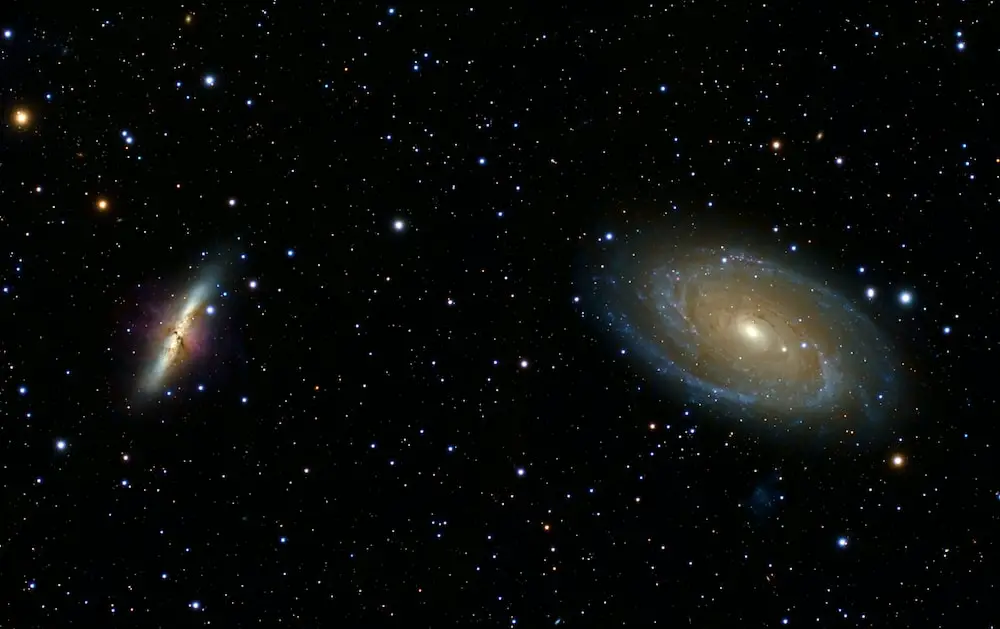Earlier today, United Launch Alliance’s (ULA) Vulcan Centaur launched the Astrobotic’s Private Peregrine lander. After the successful historic Vulcan rocket launch, the Peregrine moon lander continued the journey to the moon. It was expected to land on the lunar surface on Feb. 23.
However, the spacecraft is experiencing great challenges as it continues with its journey to the moon. At 1 p.m. ET, Astrobotic issued a fourth update as regard to the anomaly suffered by its Peregrine lunar lander. The company revealed the mission will not go as planned.
“Unfortunately, it appears the failure within the propulsion system is causing a critical loss of propellant,” Astrobotic wrote. “The team is working to try and stabilize this loss, but given the situation, we have prioritized maximizing the science and data we can capture. We are currently assessing what alternative mission profiles may be feasible at this time.”
The lander suffered an anomaly a few hours into the mission. Pittsburgh, Pennsylvania-based Astrobotic revealed that this anomaly may serve as a threat to its entire moon-landing mission.
“After successful propulsion systems activation, Peregrine entered a safe operational state. Unfortunately, an anomaly then occurred, which prevented Astrobotic from achieving a stable sun-pointing orientation,” the company wrote in a statement released seven hours after the mission’s 2:18 a.m. EST (0718 GMT) liftoff from Cape Canaveral Space Force Station in Florida. “The team is responding in real-time as the situation unfolds and will be providing updates as more data is obtained and analyzed.”
While releasing a second update, the company noted that a propulsion issue may be an issue.
“The team believes that the likely cause of the unstable sun-pointing is a propulsion anomaly that, if proven true, threatens the ability of the spacecraft to soft land on the Moon,” the company wrote on X.
Why The Success of the Mission Is Essential
The Peregrine moon lander is not traveling to the moon alone. It carries about 20 instruments including five scientific instruments that belong to NASA. Mexico also has five tiny autonomous robots on Peregrine and a small Nano Lunar Rover built by students at Carnegie Mellon Universe.
A piece of Mountain Everest is also aboard the spacecraft. Space memorial companies Celestis and Elysium Space are also trying to place human DNA and remains on the lunar surface from the mission. These memorial companies want to place the remains of some of their customers permanently on the lunar surface once Peregrine lands on the lunar surface. Other commercial payloads are also onboarding the Peregrine moon lander.
They include a lunar Bitcoin, which is an archive of miniaturized books and texts from the Arch Mission Foundation. The MoonBox coming from logistics and shipping company DHL that contains keepsakes and messages from about 100,000 people around the globe is also onboard.
Hence, the lander has every reason to successfully reach the moon. If Astrobotic can resolve the strange anomaly that Peregrine has been experiencing lately, then new hope will be restored. The company revealed that its major concern in all these challenges is the battery life of Peregrine. The spacecraft needs to point its solar arrays towards the sun the generate more power for its sophisticated systems.
“As the team fights to troubleshoot the issue, the spacecraft battery is reaching operationally low levels,” Astrobotic wrote. “Just before entering a known period of communication outage, the team developed and executed an improvised maneuver to reorient the solar panels toward the Sun. Shortly after this maneuver, the spacecraft entered an expected period of communication loss.”
Where is Peregrine Lander now?
Peregrine moon lander has already passed the phasing loop around Earth to perform course corrections and move its body on a trajectory to enter a high, elliptical lunar orbit. Once it arrives on the moon, the spacecraft will slowly lower itself and circularize its orbit to around 62 miles (100 kilometers) before it begins to descend to the lunar south pole region on Feb. 23.
While Peregrine moon lander is experiencing some challenges, ULA’s Vulcan Centaur rocket performed excellently on its first spaceflight today. Astrobotic will continue to provide unique updates on its effort to resolve the Peregrine moon lander on X, formerly known as Twitter. And as always, we will continue to provide you with the latest update about the mission.




